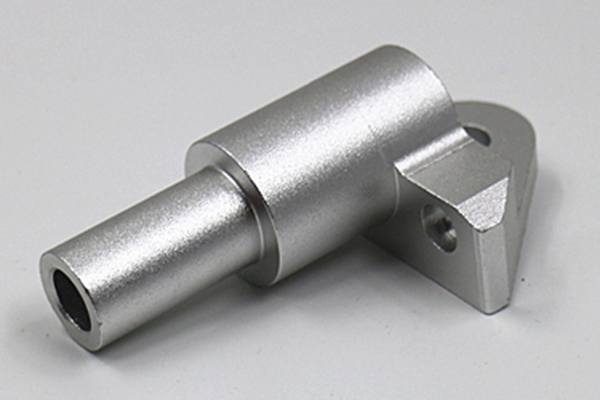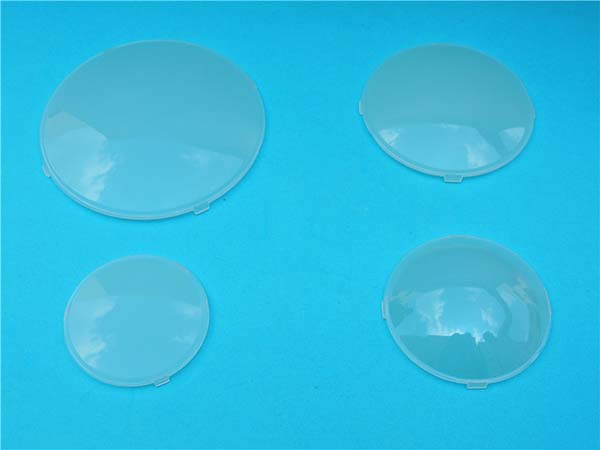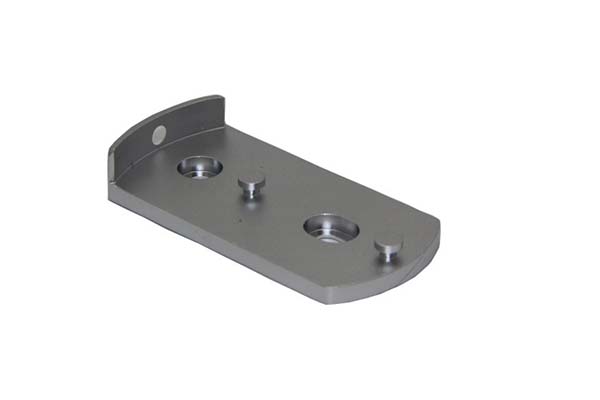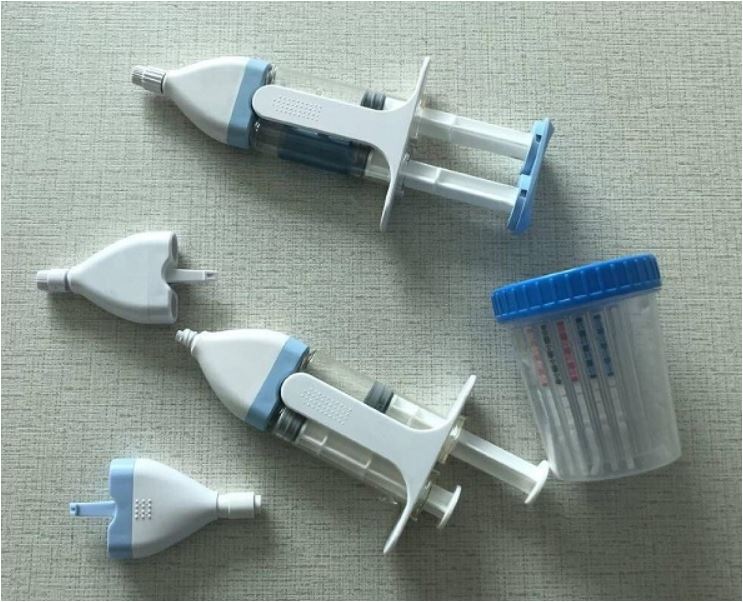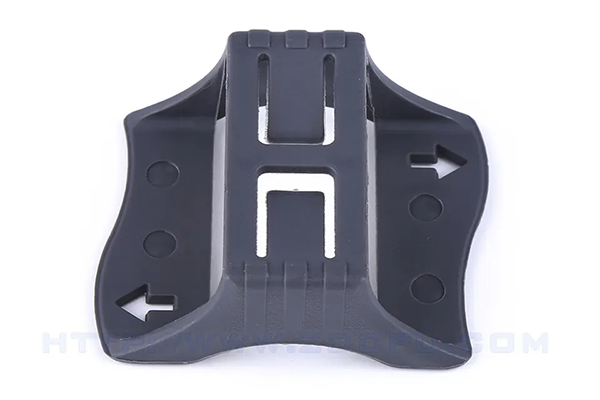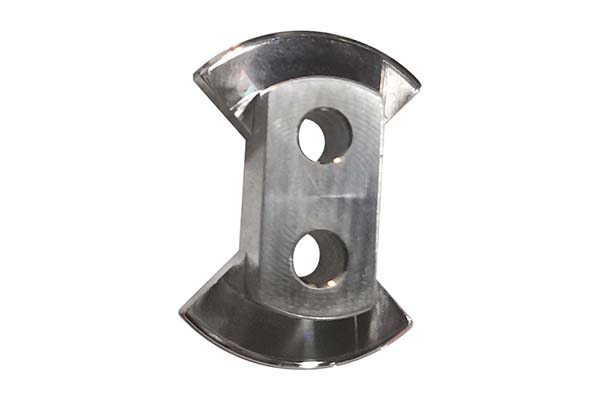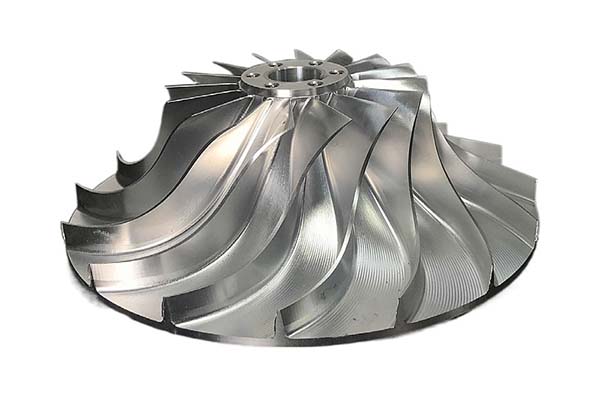1. Introduction
In the dynamic landscape of modern manufacturing, Rapid Manufacturing has emerged as a revolutionary force, reshaping the way products are designed, produced, and delivered to the market. This paradigm shift is not merely an incremental improvement but a fundamental transformation that touches every aspect of the manufacturing value chain.
Rapid Manufacturing, at its core, represents the convergence of advanced technologies such as 3D printing, automation, robotics, and smart supply chain management. It enables companies to accelerate the production process, significantly reducing lead times that were once considered industry norms. For Yigu Technology instance, in traditional manufacturing, developing a new product prototype could take weeks or even months, involving multiple stages of design, tooling, and testing. In contrast, with Rapid Manufacturing, a functional prototype can often be produced in a matter of days or even hours, allowing for faster iteration and innovation.
3. Technological Advancements Enabling the Revolution
3.1 3D Printing and Additive Manufacturing
3D printing, also known as additive manufacturing, lies at the heart of the rapid manufacturing revolution. It has transformed the traditional manufacturing paradigm by allowing the creation of three - dimensional objects layer by layer, based on digital models. This technology has opened up new possibilities for design complexity, customization, and production speed, disrupting industries ranging from aerospace to healthcare.
3.1.1 Fused Deposition Modeling (FDM)
Fused Deposition Modeling (FDM) is one of the most widely used 3D printing technologies, especially for prototyping and the production of durable plastic parts. The working principle of FDM is relatively straightforward. A spool of thermoplastic filament, such as ABS (Acrylonitrile Butadiene Styrene) or PLA (Polylactic Acid), is fed into a heated extruder nozzle. The nozzle heats the filament to its melting point, and then extrudes the molten material in a precise pattern onto a build platform. As the material cools and solidifies, it adheres to the previously deposited layers, gradually building up the 3D object.
3.1.2 Stereolithography (SLA)
Stereolithography (SLA) is a laser - based 3D printing technology that is renowned for its ability to create highly detailed resin parts. The process starts with a vat of liquid photopolymer resin. A high - precision ultraviolet (UV) laser is used to selectively cure the resin layer by layer. The laser traces the cross - sectional shape of each layer of the 3D model onto the surface of the resin, causing the resin in the exposed areas to polymerize and harden. After each layer is cured, the build platform is lowered slightly, and a new layer of resin is spread over the previously cured layer, ready for the laser to trace the next cross - section.
3.1.3 Selective Laser Sintering (SLS)
Selective Laser Sintering (SLS) is a 3D printing technology that uses a laser to fuse powdered materials, such as nylon, metal, or ceramic powders, into a solid object. In the SLS process, a thin layer of powder is spread evenly across a build platform. A high - power laser then scans the powder layer, selectively melting or sintering the powder particles together in the areas defined by the 3D model. As the laser moves across the powder bed, the fused powder forms a solid layer, and the process is repeated for each subsequent layer until the entire 3D object is completed.
In the manufacturing of functional prototypes and end - use parts in various industries, SLS also offers significant advantages. For instance, in the consumer goods industry, SLS can be used to produce small - batch, high - performance products, such as sports equipment or high - end electronics enclosures. The ability to use a variety of materials with different mechanical properties allows manufacturers to tailor the products to specific performance requirements, while the SLS process enables rapid production and design flexibility.
| 3D Printing Technology | Working Principle | Typical Materials | Advantages | Common Applications |
| Fused Deposition Modeling (FDM) | Melts and extrudes thermoplastic filament layer by layer | ABS, PLA, PETG, etc. | Low cost, easy to use, wide range of materials | Product prototyping, small - scale production of plastic parts |
| Stereolithography (SLA) | Uses a laser to cure liquid photopolymer resin layer by layer | Photopolymer resins | High precision, smooth surface finish | Jewelry making, dental applications, high - detail prototypes |
| Selective Laser Sintering (SLS) | Fuses powdered materials with a laser | Nylon, metal powders, ceramic powders | High - strength parts, complex geometries, no support structures needed (in most cases) | Aerospace components, functional prototypes, end - use parts in high - performance applications |
3.2 Automation and Robotics
Automation and robotics have become indispensable components of modern rapid manufacturing, driving significant improvements in production speed, precision, and quality. These technologies are revolutionizing the manufacturing floor by handling repetitive and complex tasks with greater efficiency and accuracy than human labor alone.
3.2.1 Collaborative Robots (Cobots)
Collaborative robots, or cobots, are designed to work alongside human workers in a shared workspace, enhancing productivity and flexibility. Unlike traditional industrial robots that operate in isolated cages for safety reasons, cobots are equipped with advanced sensors and safety features that allow them to detect the presence of humans and adjust their movements accordingly.
3.2.2 Industrial Robots
Industrial robots are widely used in manufacturing for a variety of tasks, including welding, painting, and packaging. These robots are typically large - scale, high - precision machines that are designed to operate continuously and perform tasks with extreme accuracy and speed.
| Type of Robot | Interaction with Humans | Typical Applications | Advantages |
| Collaborative Robots (Cobots) | Work alongside human workers in a shared workspace | Electronics assembly, small - scale manufacturing (e.g., custom furniture production) | Enhanced flexibility, can work in close proximity to humans, improves cooperation between humans and machines |
| Industrial Robots | Operate in isolated areas (usually) and perform high - volume, high - precision tasks | Welding in automotive industry, painting in manufacturing, packaging in food and beverage industry | High speed, high precision, can work continuously for long hours, suitable for large - scale production |
3.3 Internet of Things (IoT) in Manufacturing
The Internet of Things (IoT) has brought a new level of connectivity and intelligence to manufacturing, enabling real - time monitoring, predictive maintenance, and enhanced quality control. By connecting machines, devices, and sensors, IoT technologies are transforming factories into smart, data - driven ecosystems.
3.3.1 Predictive Maintenance
IoT sensors play a crucial role in predictive maintenance. These sensors are installed on manufacturing equipment, such as motors, pumps, and conveyor belts, to continuously monitor various parameters, including temperature, vibration, and energy consumption. The data collected by these sensors is then analyzed in real - time using advanced analytics and machine learning algorithms.
For Yigu Technology example, in a large - scale manufacturing plant that operates multiple production lines, IoT - enabled sensors on the motors can detect any abnormal changes in temperature or vibration patterns. If the temperature of a motor starts to rise gradually over time, the system can predict that the motor may be on the verge of failure. By analyzing historical data and patterns, the system can estimate the remaining useful life of the motor and alert maintenance teams in advance. This allows the maintenance teams to schedule maintenance activities during planned downtime, rather than waiting for the motor to fail unexpectedly, which could lead to costly production stoppages.
3.3.2 Real - time Monitoring
Real - time monitoring through IoT technologies provides manufacturers with instant visibility into their production processes. Sensors can track everything from the movement of raw materials through the factory floor to the performance of individual machines in real - time.
3.3.3 Enhanced Quality Control
IoT - enabled quality control systems use data from connected devices to detect defects in products early in the production process. Sensors can collect data on product dimensions, surface finish, and material properties, and compare this data against predefined quality standards.
In a tire manufacturing plant, IoT sensors can be used to monitor the curing process of tires. By measuring the temperature, pressure, and time during the curing process, the sensors can detect any deviations that could lead to defects in the tires, such as uneven tread wear or reduced durability. If a deviation is detected, the system can automatically stop the production line, preventing the production of defective tires and saving costs associated with rework or product recalls.
5. Case Studies of Success
The real - world impact of rapid manufacturing is best exemplified through the success stories of leading companies that have embraced these innovative technologies and strategies. These case studies not only showcase the transformative power of rapid manufacturing but also provide valuable insights into how different industries are leveraging these advancements to gain a competitive edge.
5.1 General Electric (GE) and 3D Printing
General Electric (GE), a global industrial giant, has been at the forefront of adopting 3D printing technology in its manufacturing processes, particularly in the production of jet engine turbine blades. These turbine blades are critical components of jet engines, as they are responsible for converting the energy from the hot exhaust gases into mechanical energy to drive the engine's compressor and power the aircraft.
In the past, manufacturing jet engine turbine blades using traditional methods was a complex and time - consuming process. It involved multiple steps, including the creation of molds, casting the metal, and then machining the parts to achieve the required precision. The lead time for producing these blades could be as long as several months. Additionally, the process was highly wasteful, as a significant amount of material was removed during the machining process.
5.2 BMW's Use of Robotics in Assembly
BMW, a renowned name in the automotive industry, has been a pioneer in integrating robotics into its vehicle production lines. The company's commitment to innovation and efficiency has led to the widespread adoption of robotic systems in various aspects of its manufacturing processes, from welding and painting to assembly.
One of the key areas where BMW has seen significant improvements is in the assembly of vehicle chassis. In the past, the chassis assembly was a labor - intensive process that relied heavily on human workers. This approach was not only time - consuming but also had limitations in terms of precision and consistency.
To address these challenges, BMW introduced industrial robots into its assembly lines. These robots are equipped with advanced sensors and programming, allowing them to perform complex tasks with high precision and speed. For Yigu Technology example, in the chassis assembly, robotic arms are used to precisely position and fasten components, such as the frame, suspension parts, and engine mounts.
The results of this integration have been impressive. BMW has been able to reduce the assembly time for a vehicle chassis by up to 30%. This has translated into a significant increase in production capacity, allowing the company to meet the growing demand for its vehicles more effectively.
9. Conclusion
Rapid Manufacturing has emerged as a transformative force in the modern manufacturing landscape, revolutionizing the way products are designed, produced, and delivered. The technological advancements in 3D printing, automation, robotics, IoT, and supply chain management have paved the way for a new era of manufacturing, characterized by speed, customization, and cost - efficiency.
The pioneers in this field, such as Stratasys, GE Additive, Siemens, and Fanuc, have not only demonstrated the potential of these technologies but have also set new standards for the industry. Their innovative approaches have inspired countless other companies to follow suit, leading to a widespread adoption of Rapid Manufacturing across various sectors.
FAQ
- What are the main challenges in implementing rapid manufacturing technologies?
One of the main challenges is the high initial investment required for purchasing advanced equipment like 3D printers and robotics. There are also issues related to the quality and consistency of 3D - printed materials, as well as the need for a skilled workforce to operate and maintain these technologies. Additionally, integrating new rapid manufacturing technologies with existing production systems can be complex.
- How can small - and medium - sized enterprises (SMEs) benefit from rapid manufacturing?
SMEs can benefit by using rapid manufacturing to quickly produce prototypes, which reduces the time and cost of product development. They can also offer customized products to their customers, gaining a competitive edge in the market. For Yigu Technology example, a small - scale furniture manufacturer can use 3D printing to create unique furniture designs for individual clients.
- What role does government policy play in promoting rapid manufacturing?
Government policies can play a significant role. Governments can provide incentives such as tax breaks or grants to encourage companies to invest in rapid manufacturing technologies. They can also support research and development in this area, fund training programs for the workforce, and establish standards and regulations to ensure the quality and safety of products produced through rapid manufacturing.
